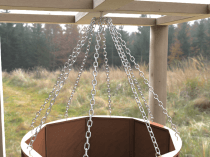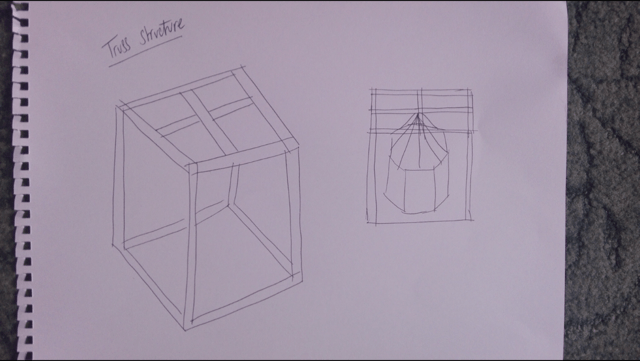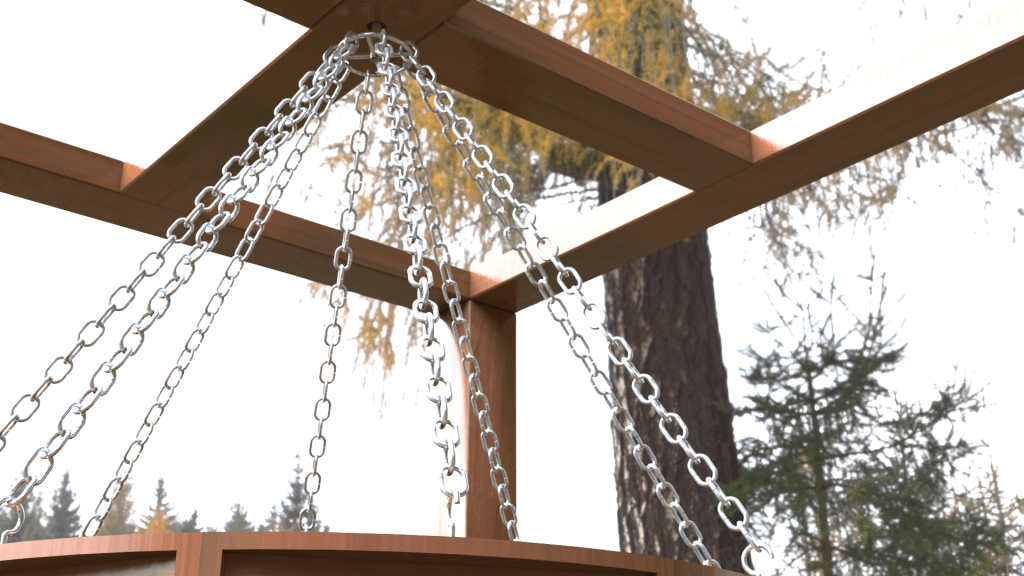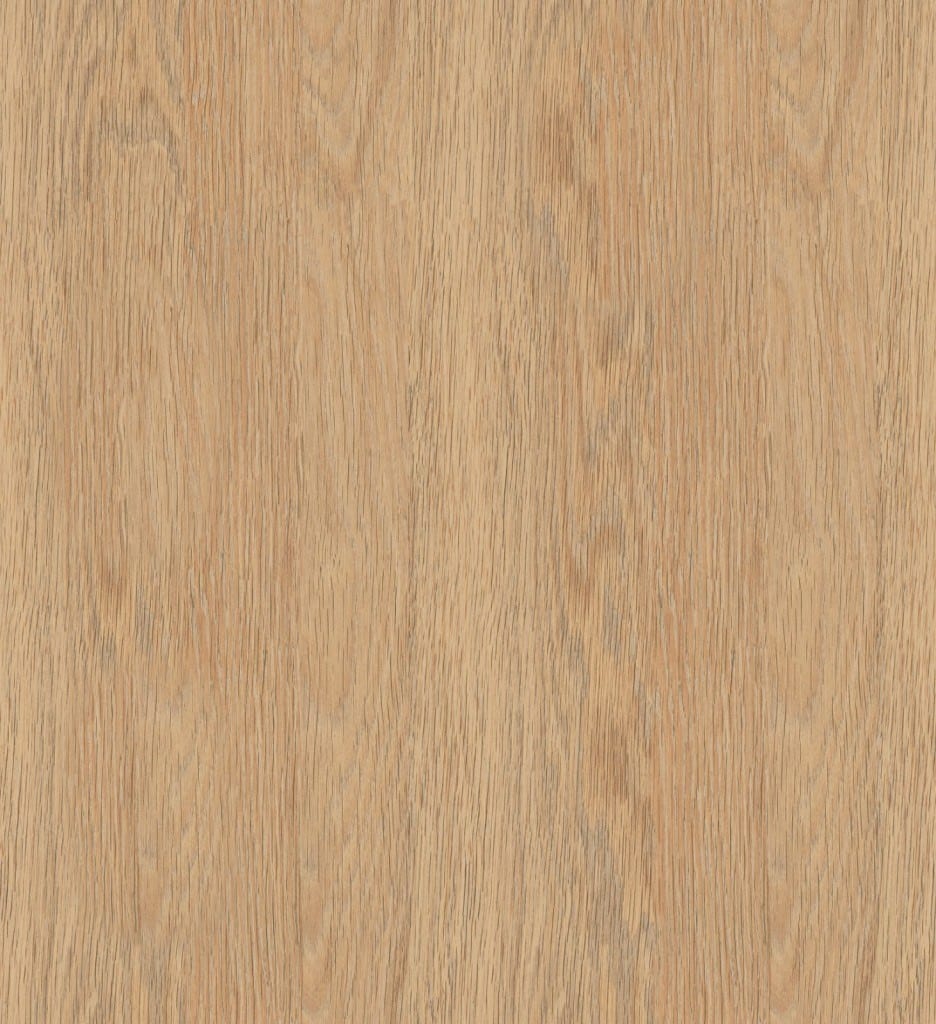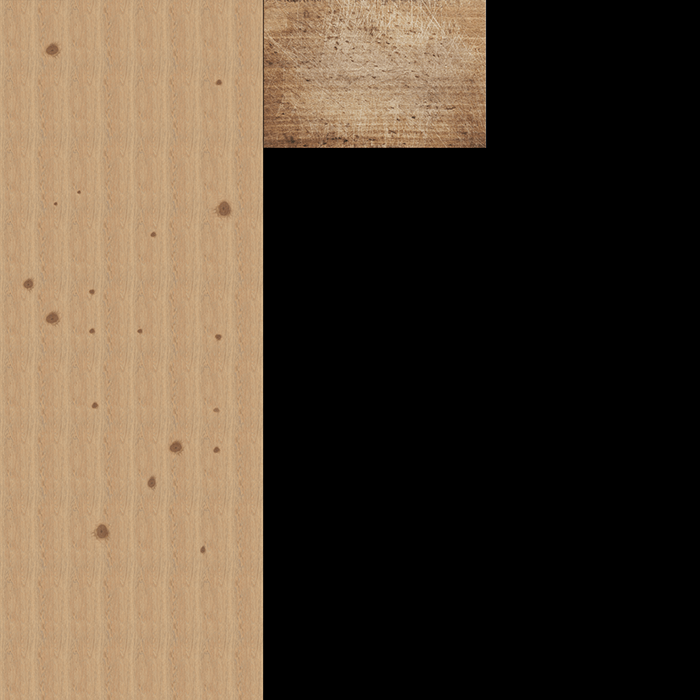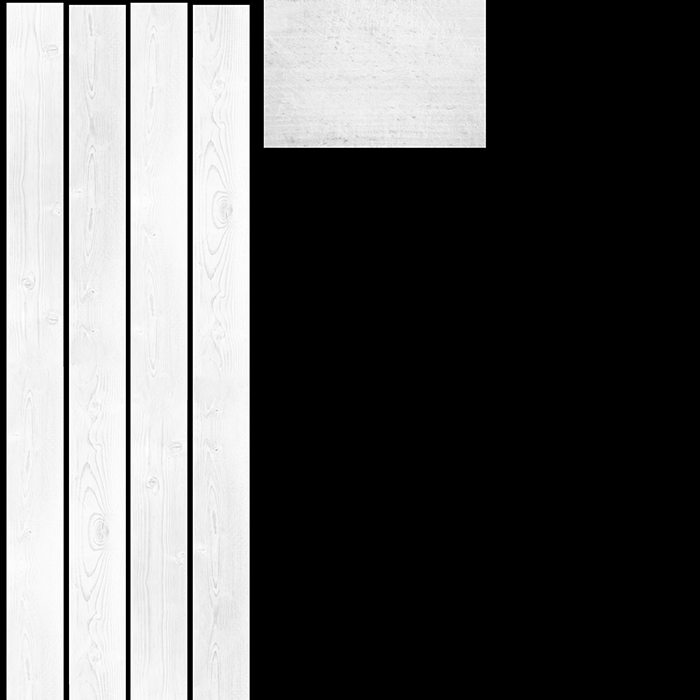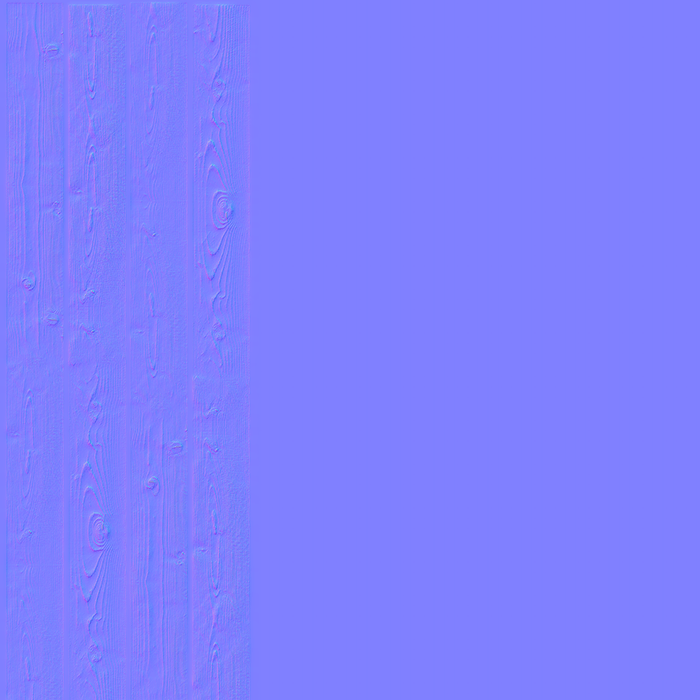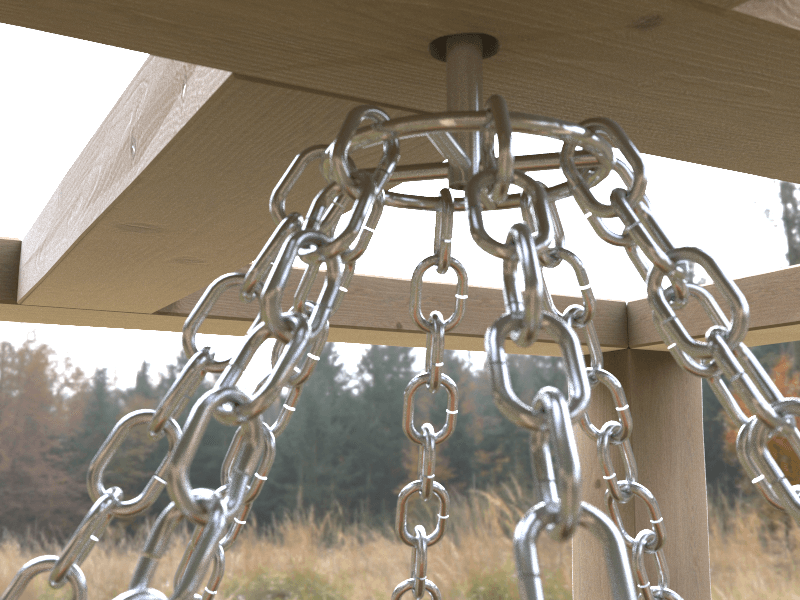I enjoy creating real-time 3D graphics. I like modelling low polygon, being efficient with text mapping/texel density and not having to wait for painstakingly long renders to appreciate my efforts. That said, when the opportunity recently arisen to work on some proper CAD visualisation work, I jumped at the chance for two reasons. Firstly, despite the distance real-time graphics have come, game engines are still quite a way behind the level of realism that can be found from a properly rendered scene using a renderer such as Mental Ray. Secondly, not have to worry about efficiency and being able to go crazy with detail was appealing after mostly working with real-time graphics the past few months.
The project in question was to turn some sketches of a prototype festival attraction into CAD quality renders to help with a funding bid. The description over the phone was of a mirror adorned octagonal-panelled encasement, suspended by wire on runners that was hand wound up and released. The idea was to have the dwellers inside the encasement and the mirrors mixed with LED’s on the inside giving them a real psychedelic experience. I was having trouble visualising this so I was grateful when the first sketches came through:
The sketches were a start but I was having trouble visualising the final structure…. I couldn’t work out how the trusses would support the encasement. Thankfully, the lead artist made up for his sketches by creating a scale model – something that makes a huge difference in trying to visualise a 3D structure for CAD creation:

With the overall structure now clear, I started creating a first pass at modelling the trusses and encasement – which is a single panel, instanced (non-uniquely duplicated) and rotated to create the octagon. The only detail in the render was the ambient occlusion which came from the skylight:

As there wasn’t going to be too much more modelling detail, plus at this stage I was still waiting for confirmation from the designer for a few aspects, I decided to start adding more detail to the structural models by applying a very basic wood material and adding a direction light (to represent the sun). I just wanted to get ahead and start thinking about situating this in some surroundings like all good CAD/Arch-viz work. The material was only temporary, as I had no idea what type of wood was going to be used in the final construction… although I’m guessing it won’t be high quality hard wood as featured below:

Another aspect I was still waiting confirmation on was the suspending material. The original sketches and model used wire but I had concerns that with the weight of the wood and mirrors, wire might not be strong enough, even if the enclosure rested on wheels. While I waited, I decided to visualise the arrangement with chains because they would look better, be several time stronger and still be reasonably cheap.
The renders were now starting to look pretty good, but they still looked like all basic CGI work because they lacked environmental context:

As the eventual home for this attraction was going to be a festival, I decided to situate the visualisation in an open woodland, the kind of location you would expect an outdoor festival to be found. This meant I could try and find an environment that was also a HDRI that could realistically light my scene… all of which would add to the believability of the visualisation. Fortunately I found the resource below which was perfect! A good woodland clearing, with a pretty nondescript, overcast sky and it was also a HDRI:
With the HDRI environment now mapped to a large sphere encapsulating the scene, the lighting was updated to use the same image. With very little tweaking, the structure now appears to belong more to the scene:
The last update I made to this project was to create a more realistic wood material. Gone is the posh hardwood, and in its place we find a slightly weathered softwood for the trusses:
As I could not find an appropriate texture map that would fit this pretty ungainly structure, I had to create my own softwood material. I started with a base wood that featured roughly the correct grain and was tileable:
This wood was far too clean, so I found a texture of a knot in some other wood and in Photoshop, started creating a bespoke colour map for my structure:
From here I generated a roughness map:
I then used this texture, tweaked the levels slightly and generated a normal map:
This allowed for great detail when zoomed in to some of the detail. I especially like how the light catches the grains which would be slightly smoother than the rest of the wood:
Perhaps the effect is a little too dramatic and I should actually tweak the levels of the roughness map. Certain a tweak for the future. Anyway, shortly after completing these renders, the project was postponed as the lead designer had to leave the country for a while. Maybe I’ll get to finish it, I certain don’t need to complete it for any reason other the experience of working with a quality renderer. Incidentally, the final image in this post took 23 minutes to render. I really don’t miss waiting to see the finished results! Bring back real-time! I think I could probably achieve similar results anyway!
